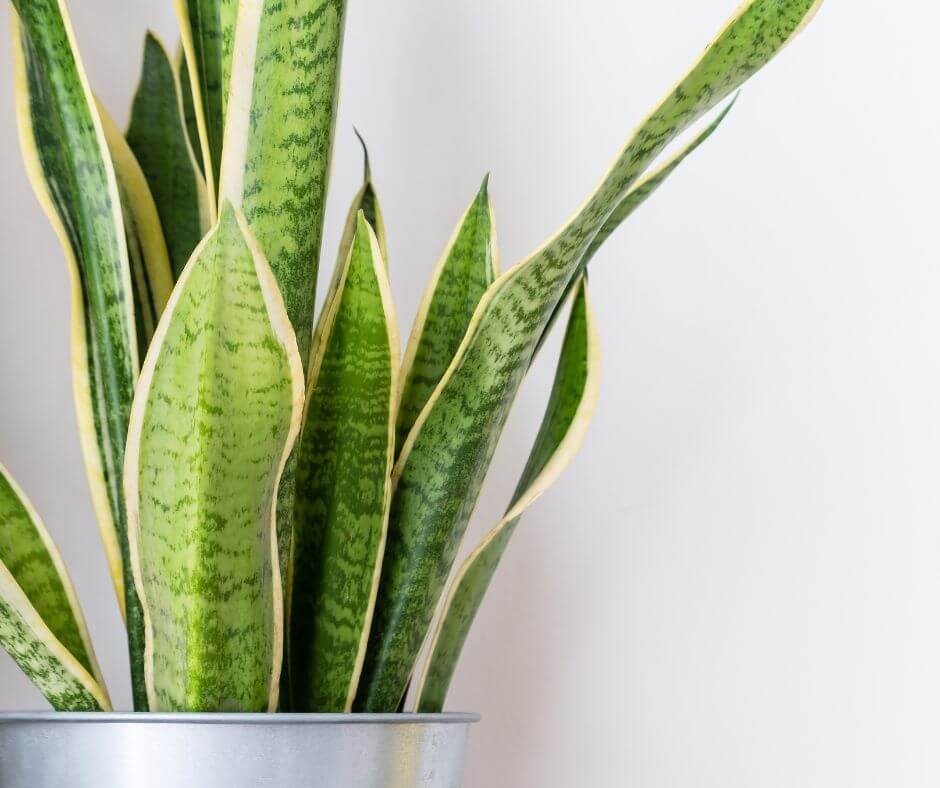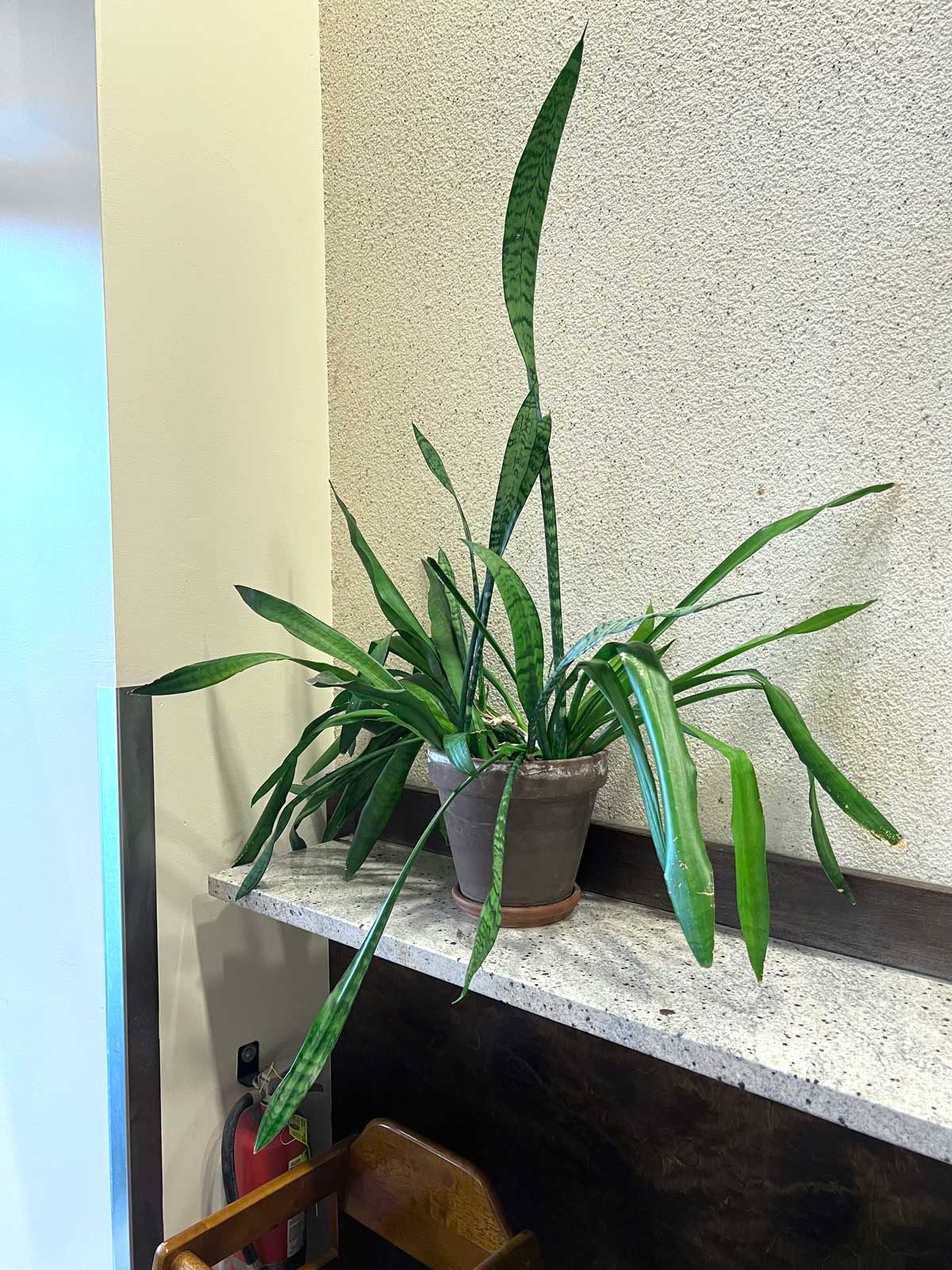How Snake Plant Leaves Turning Yellow can Save You Time, Stress, and Money.
Wiki Article
The Facts About Snake Plant Leaves Turning Yellow Revealed
Table of ContentsSee This Report about Snake Plant Leaves Turning YellowIndicators on Snake Plant Leaves Turning Yellow You Should KnowThe Main Principles Of Snake Plant Leaves Turning Yellow The Best Strategy To Use For Snake Plant Leaves Turning Yellow4 Simple Techniques For Snake Plant Leaves Turning Yellow
Right here are seven factors your snake plant's fallen leaves can be transforming yellow and just how to fix it. Several various plant troubles can create yellow leaves, or chlorosis. Chlorosis occurs when plants do not have the trace elements they require to produce chlorophyll, that makes foliage eco-friendly and enables plants to transform sunshine into food.Snake plants are dry spell forgiving thanks to their delicious leaves. These plants grow best in loosened, well-drained soil that's permitted to dry out totally in between waterings and may just need water when monthly during winter season. Overwatering can stop origins from soaking up dampness and nutrients that the plant needs and can also trigger root rot.
A potbound plant can not soak up nutrients from the dirt. If your serpent plant is chock-full or outgrowing its pot, this might be the source of yellow leaves. A periodic yellow leaf is completely regular for a serpent plant. As the plant ages, old leaves yellow, pass away, and leave as they're changed with new ones.
Make sure the plant has intense, indirect light and continually warm temperature levels, and water only once the dirt has actually fully dried out. Watch out for issues and catch them beforehand to keep your plant looking healthy and balanced and stunning.
7 Simple Techniques For Snake Plant Leaves Turning Yellow
If the leaves on your snake plant are getting soft, it's normally an indication of way too much water. Serpent plants shop water in their fallen leaves and if they're overwatered, the leaves can come to be soft and mushy. If you assume your snake plant is being overwatered, enable the dirt to dry totally prior to sprinkling again.Yes, some yellowing is regular and to be anticipated on older leaves, particularly as serpent plants age. If the plant is otherwise healthy and balanced and the leaves are only gently yellowed then there is no cause for problem. Nevertheless, if the fallen leaves are dramatically yellowed or if there are other signs of distress then it's ideal to take action.
Dead leaves can provide a home for parasites and illness, which can then spread out to the remainder of the plant. To eliminate a dead fallen leave, just cut it off at the base with a sharp blade or scissors. Make sure to disinfect your reducing device in between cuts to stop the spread of disease.
In basic, serpent plants should be watered every one to two weeks. If you assume your snake plant has been overwatered, the very first step is to quit watering it.
All about Snake Plant Leaves Turning Yellow
With a little investigation, you ought to be able to identify the reason and take steps to repair the problem and have a healthy serpent plant.The serpent plant is a trendy houseplant. The snake plant is one of those plants that are great for expanding indoors in a terrarium, Serpent plants can expand rather big, yet they additionally often tend to be pretty low-maintenance.
When the soil read this is overwatered, the plant cells soak up more water than they can keep. Read here to Leaves ended up being soaked and yellow as they soak up more water. Sagging snake plant fallen leaves are triggered by soaked-up leaf cells shedding their suppleness. You might discover that your snake plant will certainly end up being black or brown if the yellow spots are not corrected by fixing overwatering.
It is, for that reason, extra most likely that your plant will certainly find yellow spots on its leaves if you overfeed it with plant food during wintertime. The leaves of snake plants are additionally prone to yellowing when overfed, especially if the origins are fragile. Repotting your yellowing, sprinkling only when the dirt dries, and giving optimal temperature and light conditions can wait.
Little Known Facts About Snake Plant Leaves Turning Yellow.

company website Your can be removed by cutting off the yellow suggestions. The pruned leaves must expand longer if they are sprinkled appropriately and have optimal light and temperature problems. It is crucial to bear in mind that the pointed suggestions will not regrow, triggering them to attract attention from the rest of the leaves.
It will not take wish for the leaves to regrow and expand like the healthy and balanced leaves around them. At the same time, you can get rid of afflicted leaves from the base of the plant. The shows that it's getting excessive or as well little light or nutrients. The crucial message is to enable the serpent plant time to recover.

Rumored Buzz on Snake Plant Leaves Turning Yellow
A few of one of the most typical reasons are noted below (Snake Plant Leaves Turning Yellow). Sansevierias like dry climates and choose little water kept at a check this gap of when or twice regular in summertime and regular monthly in wintertime. However when the water dose leaves control, your Sansevieria will certainly experience overwatering. One of the most usual problem provided by overwatering is root rot resulting in mushy origins and stems with a nasty odor.Report this wiki page